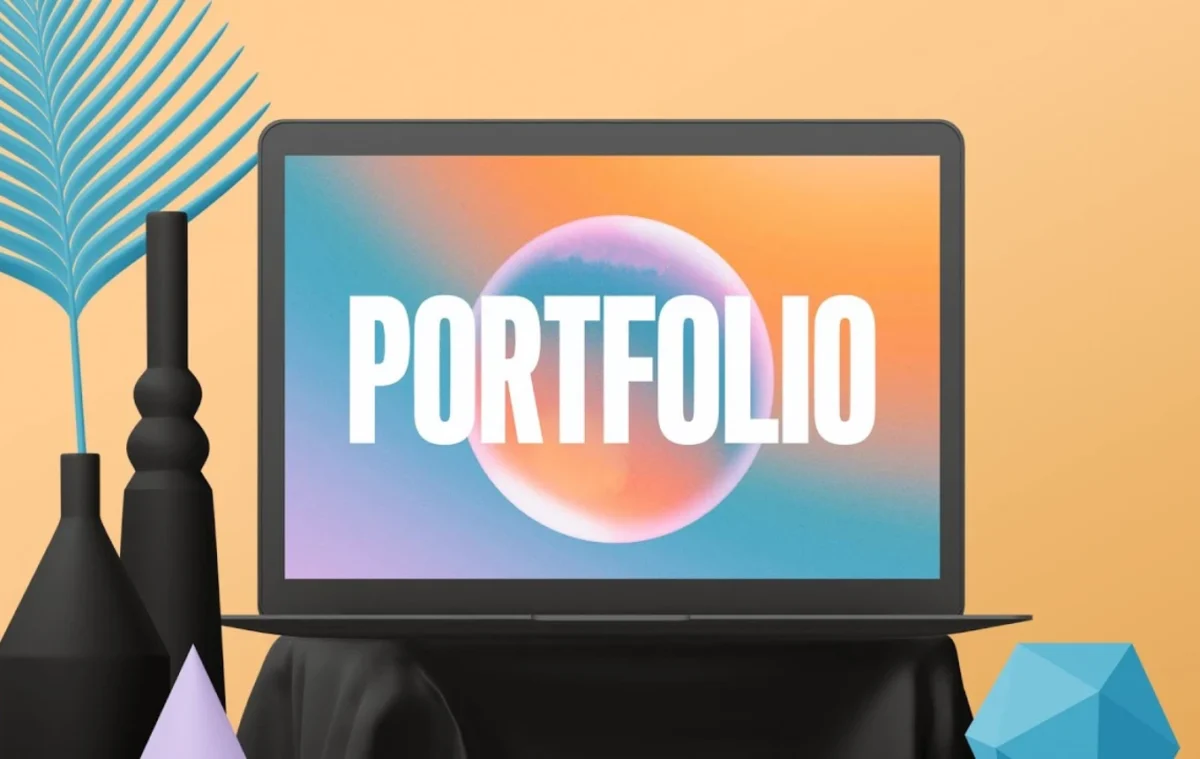After creating a portfolio, to promote your portfolio and to distribute it, are keys for any designer. There is no point in having a perfect document with all your work if it is only destined to gather dust. Furthermore, the benefits of promoting your portfolio are many. It will take you to a broader audience, which will open the doors to possible new clients, projects, collaborations and colleagues.
In addition, it is a good opportunity to validate your experience and skills in the sector, as well as build your own brand and boost your professional growth. Do not waste time. Let’s see 8 basic tips to keep in mind when promoting your portfolio.
Table of Contents
8 tips to keep in mind to promote your portfolio
Let’s get started. Promoting your portfolio can seem like a tedious and slightly overwhelming task, especially at first. Don’t worry. With the right strategy and an efficient approach, you can achieve your professional goals in an agile way. Let’s go there.

Having a good portfolio: the basis to start
As we mentioned in creating a portfolio which brings sales, this document is your window to the professional world, your cover letter, and by what you will be judged in the world of work. In it, you not only expose your skills and projects, but it is about going further.
Recover the those keys of the article that we propose together with expert professionals in the field such as Iñigo Jerez; partner and creative director at Extra Studio, Francesco Maria Furno; founder of the strategic design studio Relajaelcoco and Oriol Armengou; founder and partner of the design agency Toormix.
Review aspects such as the objectives, the selection of projects to include, their order and structure or the visual design of the portfolio. It is the basis to continue.
Social networks and online platforms
Social networks are an excellent window to expose your portfolio. They have a huge reach and a potentially large audience to share your work. It is a good opportunity to show your portfolio to a vast and diverse audience, and
Here, it is important to correctly select the social networks or platforms on which you want to be present. You have many options, such as Instagram, Linkedin, Behance, Cargo, Dribbble or Format. Select those that best suit your interests and goals, and focus on them.
Another point to take into account is the interaction that can arise through the use of these tools. Social networks and online platforms offer a direct and accessible way to interact with your audience or potential clients.
General website optimization
If your portfolio is a website, this point interests you. Its optimization is important to promote your portfolio. A well-designed, easy-to-navigate website not only improves the user experience, but also increases the chances that visitors will explore your work in detail and become potential clients.

Optimize your website so that it loads quickly, is easy to navigate, and is compatible with other types of devices, such as mobile or tablet. Users tend to abandon sites that are slow or difficult to use. Plus, if you use a clear navigation structure, you’ll make it easier for visitors to find exactly what they’re looking for.
SEO optimization of your portfolio
Another necessary optimization is SEO (Search Engine Optimization). Optimize your portfolio to have better organic results in search results. This will improve your visibility and ranking within search engines. This will help you appear higher in search results and attract organic traffic to your site, which can increase your chances of being found.
Conduct a keyword search based on your skills, niche, and how you want to position yourself. From here, use these keywords in the content of your portfolio and on your website, especially in titles and subtitles, tags, categories or descriptions of the images.
Build a good network of contacts: networking
Networking is a hugely important tool for a designer, and it goes beyond simply expanding your social circle. By connecting with other design professionals, you open doors to a series of benefits to take advantage of.
The aforementioned social networks (especially Linkedin) are a very useful instrument for networking. But they are not the only ones. There are many other ways to expand and build a good network of contacts.
Attend industry events, design conferences and trade fairs. You can also participate or collaborate in groups and communities. All of these avenues are good for expanding your contacts and thus exposing your work.
Ask your contacts for recommendations and testimonials
Now you know the importance of having contacts in the sector. Once you have a strong and trusting relationship, you can ask colleagues or satisfied clients for recommendations. This is another part of effectively promoting your portfolio.
These recommendations validate your work, and act as social proof of your experience and capabilities, which also enhances your credibility and reputation in the field of design. They can be online testimonials; on platforms or social networks, or directly; with lifelong word of mouth.
A good way to carry out this step is to make a list of between 10 and 20 people to whom you can show your portfolio directly and get a good recommendation from them.
Enter contests and prizes
Submit the best projects in your portfolio to design competitions and relevant sector awards. Winning, or even being a finalist in these events, gives you great exposure and adds credibility to your career as a designer.
It is an action that is closely linked to networking and expanding your network of contacts. In this case, entering contests and awards is a great opportunity to promote your portfolio and gain exposure to a wide audience, which can attract new clients and projects in which to participate.
Measure the results of your strategies
Measure the results of all these strategies to know if they work or not. This article only proposes some tips and strategies that can be useful when promoting your portfolio, but they are not an exact science. So it’s important to track over time to see the results of your actions.
This helps you corroborate which strategies work best, and which ones you should improve or approach in a different way. Bottom line: identify your strengths and weaknesses, and improve those tactics that aren’t working for you.
Follow us to keep getting updates about designing and creative professions;
Metrics such as web traffic (number of visitors who come to the website), conversion rate (the proportion of visitors who download the portfolio) or the position of your website in search results are relevant to measure.








